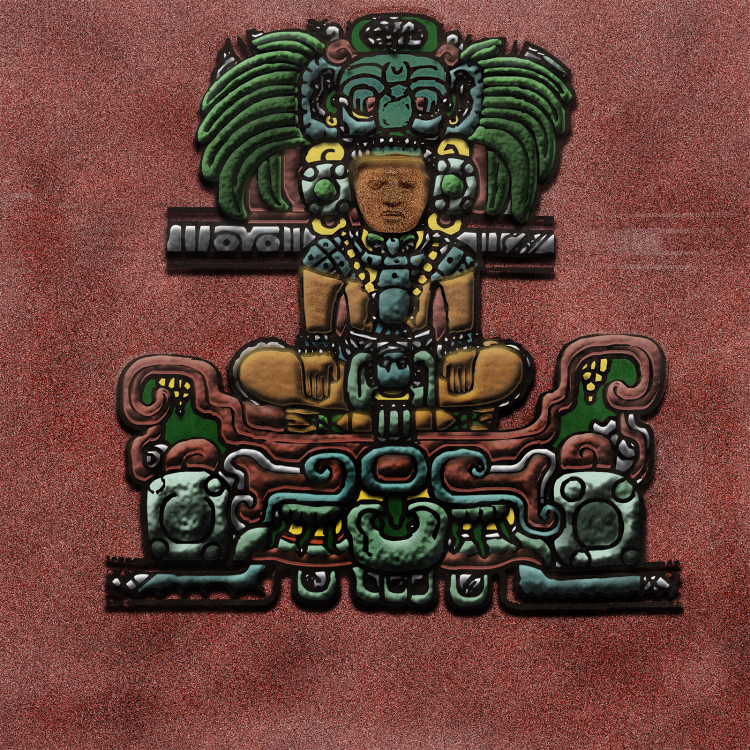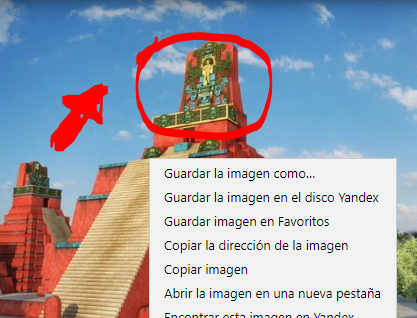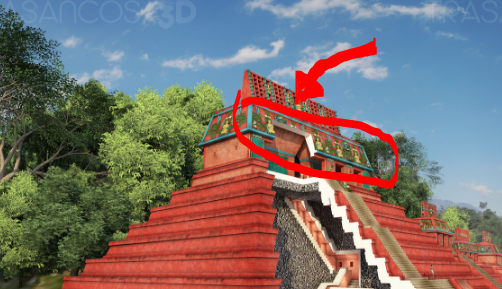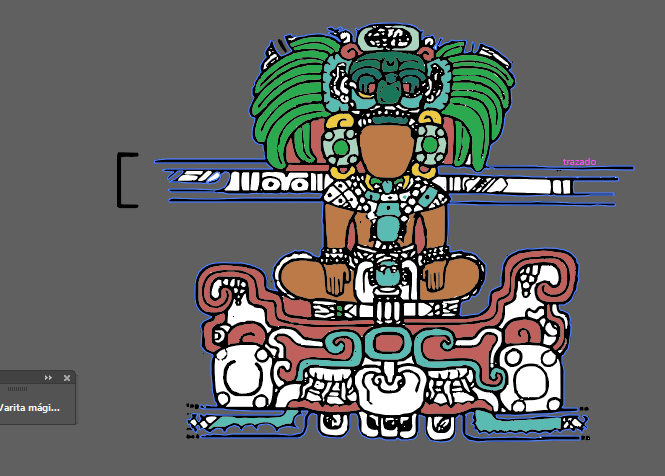-
Posts
25.684 -
Joined
-
Days Won
300
Everything posted by Lion.Kanzen
-
.thumb.png.ce58cea22940c255f5b0a735d5abee36.png)
[WIP] "Grand Strategy" Campaign - A25 mod
Lion.Kanzen replied to wraitii's topic in Game Modification
Yes. -
we have our wiki.
-
the second king must be administrative.
-
However, Greek philosopher Plato saw tyrannos as a negative word, and on account of the decisive influence of philosophy on politics, its negative connotations only increased, continuing into the Hellenistic period. The philosophers Plato and Aristotle defined a tyrant as a person who rules without law, using extreme and cruel methods against both his own people and others.[5][6] The Encyclopédie defined the term as a usurper of sovereign power who makes "his subjects the victims of his passions and unjust desires, which he substitutes for laws".[7] In the late fifth and fourth centuries BC, a new kind of tyrant, one who had the support of the military, arose – specifically in Sicily. https://en.m.wikipedia.org/wiki/Tyrant ----- This reading is interesting. https://www.thoughtco.com/tyrants-after-the-peloponnesian-war-120199 It is dangerous that in many countries they ignore fascism and all their consciences. So then Armán wars and end up like Athens in the hands of (Plutocratic) tyrants.
-
I like this.
-
.thumb.png.ce58cea22940c255f5b0a735d5abee36.png)
==[Brainstorming]== for cheats units
Lion.Kanzen replied to Lion.Kanzen's topic in Eyecandy, custom projects and misc.
- 198 replies
-
- 1
-

-
- brainstorming
- art
-
(and 2 more)
Tagged with:
-
-
Irtra Thematic park Guatemala. I think I can try an imitation. the advantage of the early classic (formative) is just that it is not so detailed of figures.
-
i want to try this.
-
-
-
-
esta foto es mia. es una replica.
-
I don't know how much influence the Persians had from Urartu. https://www.worldhistory.org/image/9546/pointed-bronze-helmet-from-urartu/ The territories the Urartu kingdom had once occupied were ultimately taken over by the Medes from c. 585 BCE onwards and then incorporated into the Achaemenian Empire of Cyrus the Great in the mid-6th century BCE. Hurrians have that kind of helmets.
-
@Stan` we have Tiger Blender file?
-
Historical details of the military training of the ancient Persian army seem nonexistent. However, Xenophon’s Cyropaedia describes the military training process a Persian youth went through. According to Xenophon 1.2.9, a Persian male at age seventeen would undergo combat training for a length of ten years. Now the young men in their turn would live as follows: for ten years after they are promoted from the class of boys they passed the nights, as we said before, about the government buildings. This they did for the sake of guarding the city and to develop their powers of self-control; for this time of life, it seems, demands the most watchful care. And during the day, too, they put themselves at the disposal of the authorities, if they were needed for any service to the state. Whenever it was necessary, they all remained around the public buildings. But when the king went out hunting, he took out half the garrison; and this he did many times a month. Those who went must take bow and arrows and, in addition to the quiver, a sabre or bill in its scabbard; they carried along also a light shield and two spears, one to throw, the other to use in case of necessity in a hand-to-hand encounter. Herodotus 7.223 mentions that at the battle of Thermopylae 480 BCE, the Persian officers pushed the “men to go forward against their opponents, who are lashed towards the Spartans by their officers.” Now, one can take this to mean as I had previously stated or that it was custom for officers to whip their men forward, professional or not, like the Roman centurions who carried vine-staffs. http://www.camrea.org/2016/11/22/the-persian-war-machine-organization-and-command-part-i/
-
-
.thumb.png.ce58cea22940c255f5b0a735d5abee36.png)
Known Problems (Please read before posting)
Lion.Kanzen replied to quantumstate's topic in Help & Feedback
not necessarily, the siege tower does not fulfill that task either. -
there should be formation for this. The typical tactic of the Persians in the early Achaemenid period was an evolution of the Assyrian tactic used before. The Assyrians would deploy a row of shield bearers and a row of archers behind them. The Persians had one row of shield-bearers known as “sparabara” with nine rows of archers behind them. A unit of 10,000 Persian warriors arranged in this manner could fire 100,000 arrows in a minute and keep up this rate of fire for several minutes. As you may know from the movie “300”, the Persian archery would seem to “blot out the sun” with such high-intensity volleys. https://archeryhistorian.com/persian-archery/
-
I agree.












